Dr Catherine Shanahan reveals the oils hidden in everyday foods that could be linked to serious disease
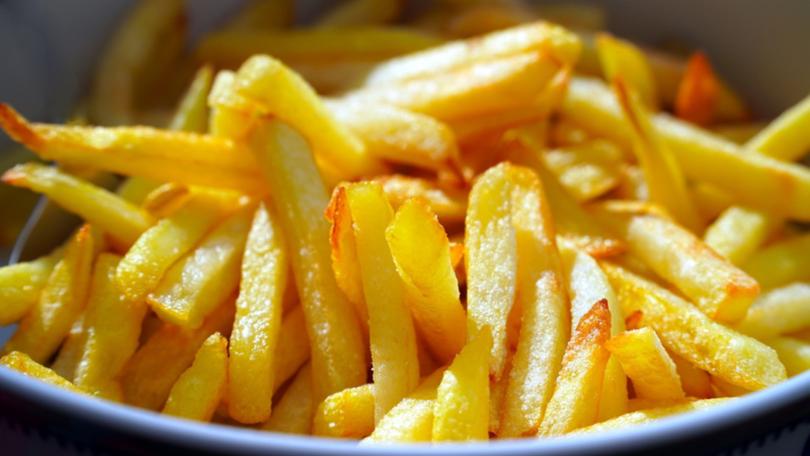
Next time you go to the supermarket, read the ingredients lists.
In just about every aisle, from dairy to frozen foods and snacks, you will see vegetable oils making repeated appearances on many product labels, including salad dressings, canned fish, ready-to-eat foods, diet drinks and infant formulas.
These oils, usually made from seeds, include sunflower, corn, rapeseed, soy, cottonseed and safflower oils.
Sign up to The Nightly's newsletters.
Get the first look at the digital newspaper, curated daily stories and breaking headlines delivered to your inbox.
By continuing you agree to our Terms and Privacy Policy.Vegetable oil is a global industry. It generated more than £91 billion (almost AU$175 billion) in 2020, and that figure is forecast to increase to £127 billion (almost AU$244 billion) by 2027.
Roughly a third of the calories in your diet likely come from this substance, which has effects on our metabolism that medical science knows little about.
The reason why human health is increasingly in crisis is right there on the label, hidden in plain sight.
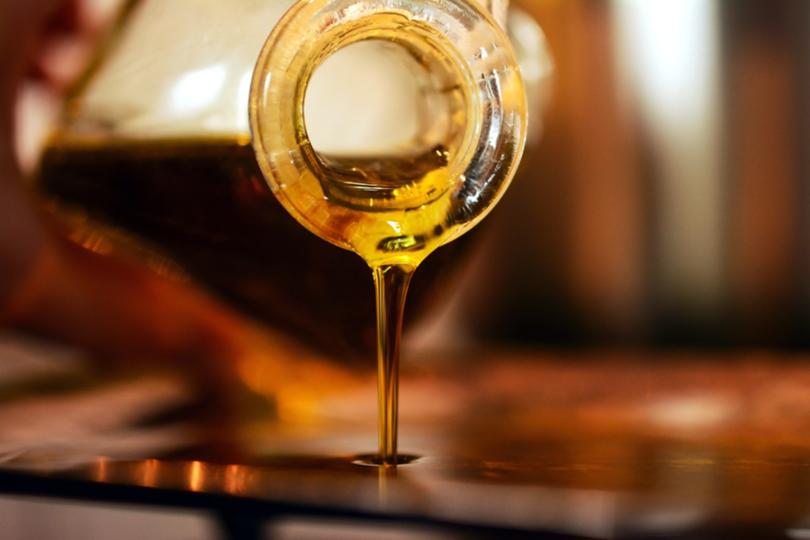
I’m a doctor with biochemistry training who specialises in family medicine, and I am convinced that these oils will make you sick (if they haven’t already).
The link between vegetable oil and poor health is firmly grounded and backed up with hard scientific research. Removing it from our diets can resolve fast-proliferating modern health plagues, such as cancers, Alzheimer’s and Parkinson’s disease.
Vegetable oil is an industrial product that didn’t exist until a little more than 150 years ago. In the millennia before industrial agriculture changed our landscape, many human populations relied on animal fats such as butter, beef fat and pork fat.
Humanity has been eating animal fats since the Stone Age, and dairy fat for nearly 10,000 years. We’ve also eaten oils extracted from fatty fruits such as olives and coconuts for many thousands of years.
But vegetable oils are radically different. Making them requires technologically advanced equipment rather than a simple stone press, butter churn or butcher’s knife.
Yet despite the complexity of processing these products, they are now the largest single source of dietary fats, accounting for more calories in our diets than sugar or flour.
Heating oils creates toxins
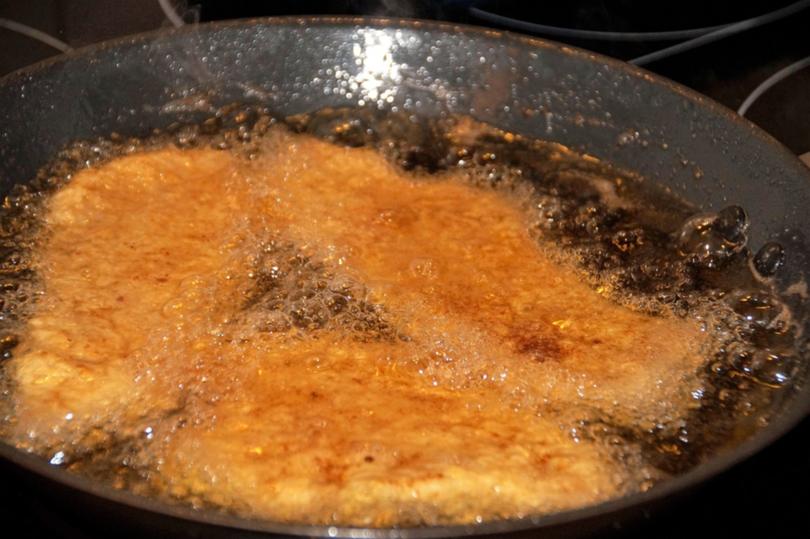
A basic problem with these oils is that they are very high in polyunsaturated fatty acids (PUFA). These compounds are very prone to reacting with oxygen — a process called oxidation.
This oil oxidation creates new compounds called, collectively, lipid oxidation products (LOPs).
LOPs don’t exist in the plants these products came from — and many are mildly to extremely toxic. By consuming these oils we’re exposing our bodies to hundreds, even thousands, of different types of toxic LOPs.
Some of these were almost unknown until recently, when they were identified thanks to new technologies.
These toxic LOPs are formed when the oil is extracted during its manufacture.
Still more toxic LOPs can form in oil during storage, as the oil oxidises (breaks down) over time.
Toxicologists who perform real-world tests on vegetable oils in people’s homes and restaurants find that even before cooking, the oils contain significantly higher concentrations of toxins than when they were first bottled.
Even more toxins form when the oil is heated to make food, whether in our homes, in restaurants, or in processed-food factories.
And yet more toxins will form if the food gets heated again, as in when leftovers are warmed up. There are volumes of academic textbooks that describe all the toxins you expose yourself to from eating foods made with vegetable oils.
Yet few people ever read these books or learn about the damning information they contain.
Not all are toxic if heated
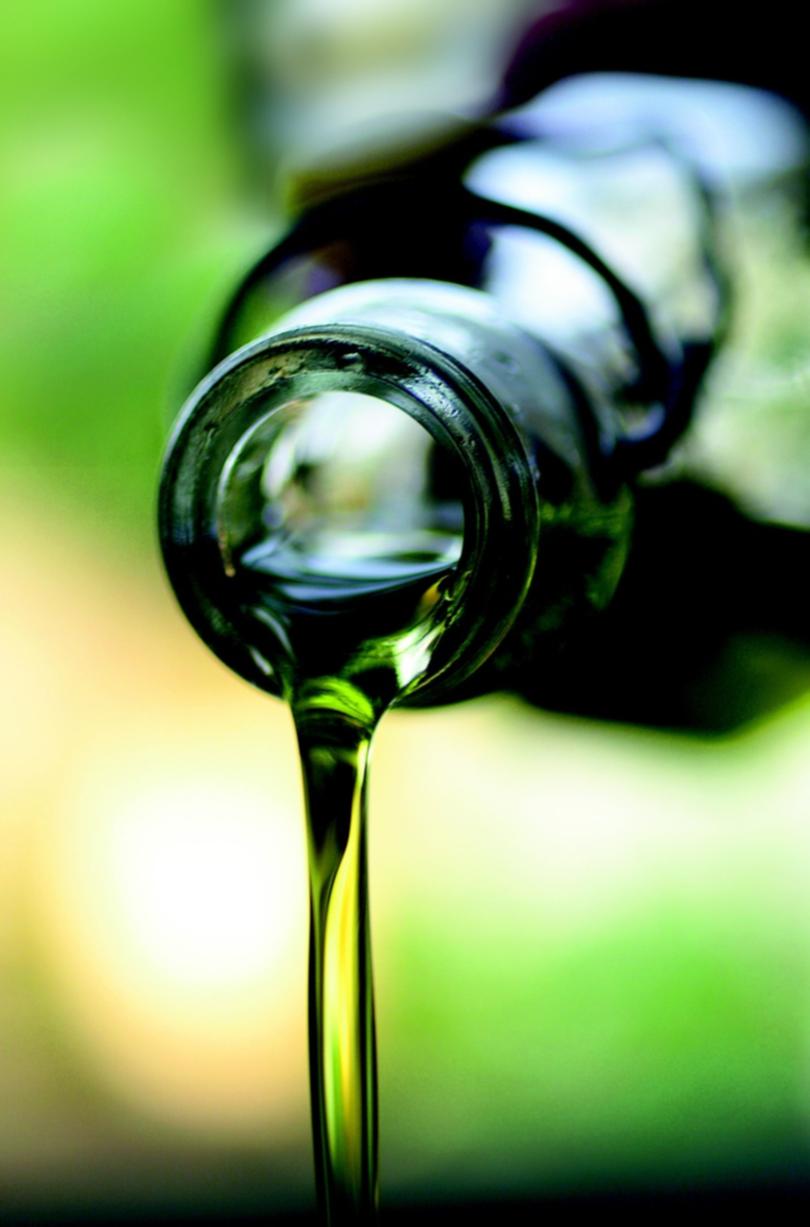
Martin Grootveld, a professor of bioanalytical chemistry and chemical pathology at De Montfort University in Leicester, has been trying to warn consumers about toxins in vegetable oils for decades.
He studies oxidation reactions using the best tool for analysing an array of molecules all at once: a one and two-dimensional nuclear magnetic resonance (NMR) spectroscope. This machine can determine the make-up of a molecule by examining how its atoms spin when inside a magnetic field.
The toxins he has identified in vegetable oils include acrolein. This inflames lungs when inhaled, which we may do when frying with these oils. He has also found many members of a toxin category called epoxy fatty acids. These are implicated in breast cancer, organ failure and fertility problems.
Professor Grootveld’s analyses consistently show that heated vegetable oils are loaded with toxic LOPs.
By contrast, his experiments with heated coconut oil and butter find that they contain hardly any toxins at all.
However, such is the medical ignorance of these dangers that when I asked Professor Grootveld if he’d ever been invited to present his data at a medical conference, he told me he had not.
What’s in those fries?
Aldehydes are perhaps the most dangerous category of the many families of toxins in vegetable oils. This family of chemicals includes the cadaver preservative formaldehyde and many of the toxins that make cigarette smoke carcinogenic and irritating to human tissue.
Toxic aldehydes that form in frying oil can end up in the food.
In 2019, Professor Grootveld led research, published in the prestigious journal Nature, which found that a 5oz serving of French fries cooked in vegetable oil (from a well-known franchise) contained 25-times more carcinogenic aldehydes than the World Health Organisation’s tolerable upper limit for exposure.
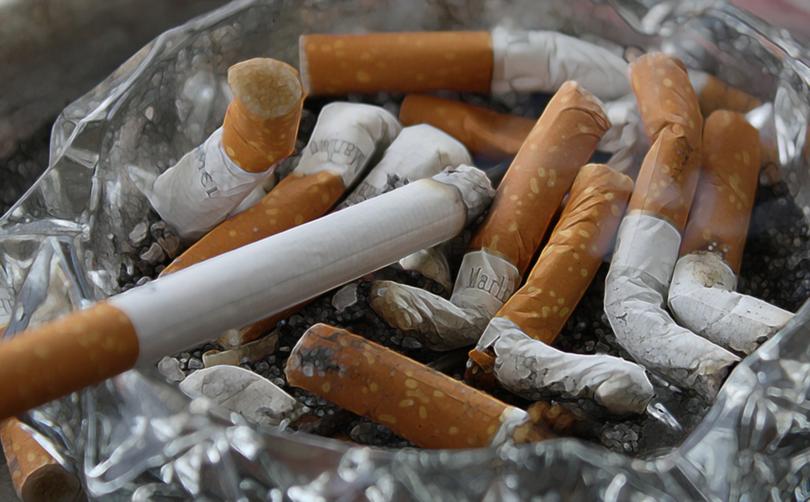
Professor Grootveld told me that the amount of cancer-causing aldehydes he found in the serving of French fries is equivalent to those consumed when smoking up to 25 cigarettes. (A 5oz serving has about 25 fries, so eating one chip gives the same exposure as smoking one cigarette.)
Deep-frying leads to more toxins

The level of damage done to polyunsaturated oils by oxidation follows the same basic principles as burns on your skin: it depends on time and temperature.
Experts warn that the longer the oil is cooked and the higher the cooking temperature, the more toxins will form.
Eric Decker, a professor of food science at the University of Massachusetts Amherst in the US, is one of the most highly cited scientists in agriculture.
He focuses on preventing oxidation in our food supply, and told me that when it comes to toxin production, ‘the biggest risk factor is deep-frying the oil’.
Deep-frying stresses oils for a long time at high temperatures. Fast-food chains often have rules that tell employees to reduce toxicity by changing the frying oil once a week. Smaller eateries and chains may not.
... But pan-frying is a close second
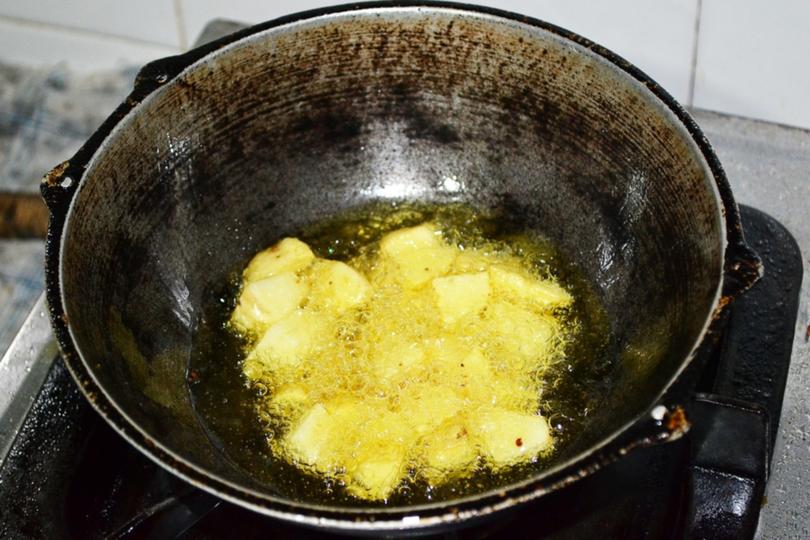
A report in the American Journal of Epidemiology in 2000 identified an alarmingly high rate of lung cancer in non-smoking women who use vegetable oils during pan-frying, deep-frying and stir-frying, both in food service settings and their own homes.
Many people know deep-frying is not healthy and avoid deep-fried foods. That’s why Professor Grootveld is more concerned about shallow-frying food in pans using vegetable oils.
He has published several papers in various prestigious journals, including a 2019 paper in Scientific Reports warning that you can generate the same ‘extremely high levels of hazardous aldehydes’ while making popular pan-fried dishes at home.
So it’s not just about deep-fried food, and it’s not just about restaurants. This could be happening in your kitchen.
Body fat becomes like veg oil
Dr Stephan Guyenet is an independent neuroscientist who has investigated what our increasing consumption of vegetable oils is doing to our body fat.
In the journal Advances in Nutrition in 2015 he published a review of 50 years of studies on the composition of Westerners’ body fat.
This showed that the proportion of polyunsaturated fatty acids in it had gradually increased from 9.1 per cent of all fatty acids to 21.5 per cent. This was in line with increasing public consumption of vegetable oils. The lesson was clear: the more vegetable oil people ate, the more their body fat started to look like vegetable oil.
Our reformulated body fat causes a fundamental shift in our body chemistry. This subjects our cells and tissues to a chemical imbalance called oxidative stress.
Oxidative stress unleashes carcinogenic toxins in cells that can damage proteins and DNA.
Is there a link to Alzheimer’s?
In 1906, German pathologist Alois Alzheimer examined slices of brain tissue from a woman who died of early-onset dementia. He found unusual clumps of protein, which he called amyloid plaques.
But the origin of the plaques eluded scientific explanation until U.S. and Japanese researchers reported that these plaques are caused by oxidative stress, in 2001 in the Journal of Neuropathology and Experimental Neurology. Their research showed that oxidative stress damages proteins, generating tiny blobs of cellular debris.
Our brain cells have garbage-disposal systems that can clean up most types of debris. But not all — and not amyloid. The amyloid that the clean-up crew can’t handle will accumulate within the cell, and eventually it starts forming amyloid plaques.
The accumulating plaque slows down cellular activity, which slows down the brain’s processing speed — and that’s when symptoms usually begin.
Many degenerative disorders follow a similar progression.
Another common disease-inducing protein blob is oxidised alpha-synuclein, which causes Parkinson’s disease and Lewy body dementia (the second most common dementia, after Alzheimer’s).
How to de-pufa your body
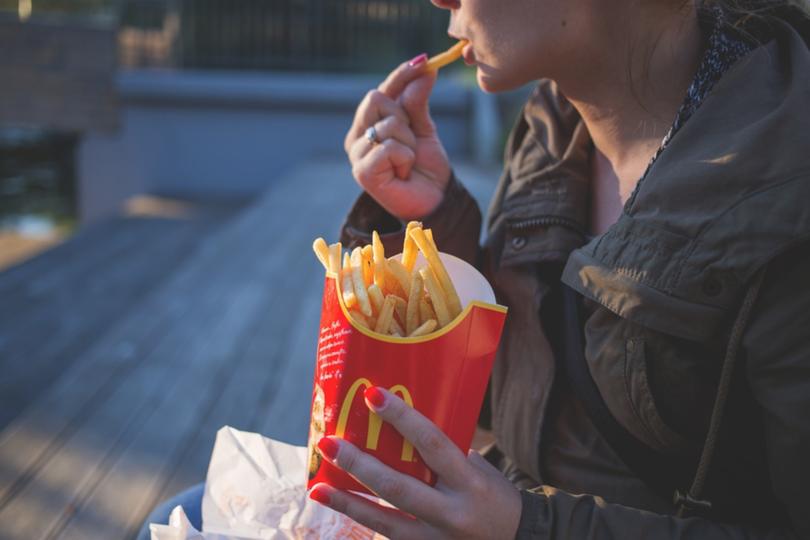
While I have no doubt that we can get our PUFA levels back down to normal, it takes a while. One study, from 1960, showed that the half-life of PUFA in our body fat ranged from 350 to 750 days, which means it takes that long to clear out just half of it.
More recent studies, such as a report in the journal Cell Metabolism in 2011, pinpoint a similar figure: 580 days on average. So we’re looking at three or four years of avoiding vegetable oils to normalise the amount of PUFAs in your body fat.
However, from my experience with patients, the good news is that usually people feel better within a couple of weeks of cutting out vegetable oils, particularly if they suffer from chronic pain or stomach problems, because their bodies’ inflammation levels will have dropped significantly.
So how do you know what to look for? Check the ingredients list of every product that has a nutrition label. Every. Single. One. Because you simply can’t predict what will have vegetable oil in.
You might think that dried fruits, for example, wouldn’t, but they do. Or peanut butter. Or nuts, rotisserie chicken, mayonnaise and dressings that say ‘made with olive oil’, granola, canned tuna, olives, sun-dried tomatoes and other vegetable preserves, even random things such as vitamins and spice blends.
Most people who shun vegetable oils tend to use butter, olive oil and peanut oil. For home cooking with healthy oils, you need to choose the oil that matches the cuisine.
I use olive oil for homemade pasta sauces and anything Italian, Mediterranean — or even Mexican (the traditional fat would be lard, which I can’t easily get). I also use it for roasting vegetables and making dressings, marinades and mayonnaise. If you like to make Thai and Indian dishes, you might want to add coconut oil.
How to avoid these oils if eating out
Restaurants take advantage of the fact that vegetable oils cost less than traditional fats and oils such as olive oil and butter.
Many use vegetable oil in all deep-fried, pan-fried and batter-fried foods (including crispy noodles, onion rings, fried shrimp, chicken dishes and Japanese tempura). Restaurants love to serve deep-fried food because the process is so simple that you can hire staff without any culinary skills whatsoever.
Avoiding deep-fried food is the number one rule for eating in restaurants and grabbing food out. Anything battered or breaded and fried is typically deep-fried — and in fast-food restaurants and many other establishments, it’s often fried twice — once at the factory and a second time before it’s served.
More than half of the calories in some deep-fried foods are in the form of the most oxidised and disease-inducing, heat-deformed vegetable oils.
Dishes that are baked or steamed instead are clearly preferable to anything that’s fried.
Restaurants also use vegetable oils in sauces traditionally made with butter or olive oil, including hollandaise sauce and aioli.
Most salad dressings contain vegetable oil in place of olive oil or cream. (Any restaurant dish that contains mayonnaise will likely contain vegetable oil, since it is rarely made with olive oil.)
Vegetable oils are also baked into doughnuts, Danish pastries, muffins and numerous other desserts and confections.
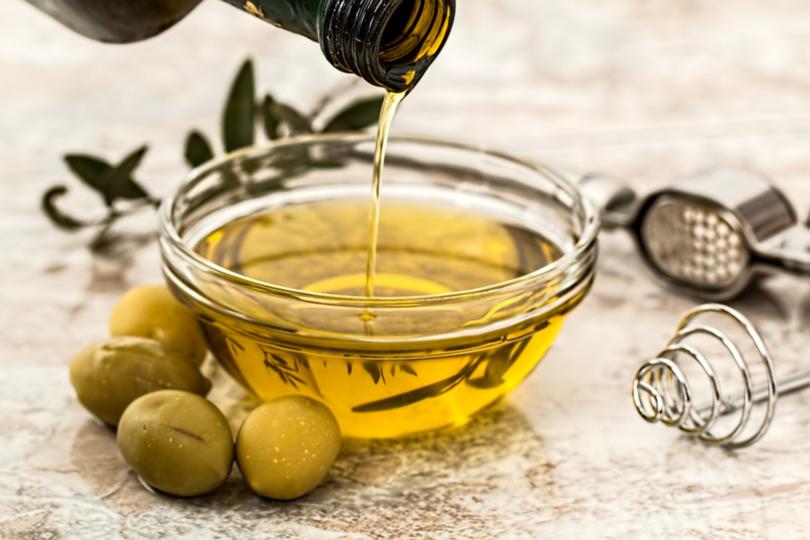
My ‘hateful eight’ oils to avoid
- Corn oil
- Rapeseed oil
- Sunflower oil
- Soy oil
- Cottonseed oil
- Safflower oil
- Grapeseed oil
- Rice bran oil
My ‘delightful dozen’ good fats
- Butter/ghee
- Extra-virgin olive oil or unfiltered refined olive oil
- Unrefined peanut oil
- Unrefined coconut oil
- Unrefined avocado oil
- Sesame oil
- Unrefined palm oil
- Bacon fat
- Tallow
- Lard
- Chicken fat
- Unrefined tree nut oils (almond, hazelnut, pecan, etc.)
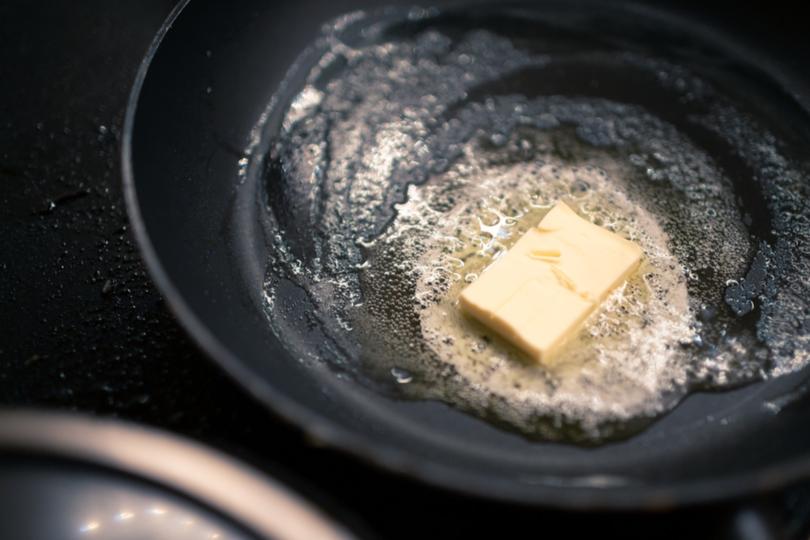
What about refined versions of peanut oil, for example? These oils are not nourishing, but they’re not as bad as my Hateful Eight, so fall into a middle category of ‘OK but not great’.
You don’t need to avoid them, but if a more nutritious alternative is available I’d recommend that instead.
Some people worry about ‘smoke point’ — this is a term used by the oil industry to sell lower-quality, refined oils, which always have higher smoke points than their extra-virgin (i.e. unrefined) counterparts.
These lower-quality oils also have fewer antioxidants, which means they oxidise at lower temperatures than higher-quality oils, so your food will contain more toxins.
Smoke point simply refers to the temperature at which a fat starts to smoke. It doesn’t tell you what you really need to know, which is whether the oil is oxidising or not (only toxicology testing can tell you that).
At the smoke point, you might see a wisp of light blue smoke, and heating the fat past that point will fill the air with bitter smoke and ruin the food.
An oil with a high smoke point allows for higher heat and faster cooking, which makes things go quicker in a busy restaurant. But when your high smoke-point oil is also refined and high in polyunsaturates, you’re exchanging speed for toxicity.
The suggestion is that using an oil with a higher smoke point preserves the food’s flavour. But a high smoke-point oil doesn’t do that.
What does? Using normal cooking techniques such as stirring and turning down the heat. Most foods should not be cooked at super-high temperatures anyway, because heat also destroys the nutrition in the food: the higher you heat something, the less nutritious it becomes.
This article first appeared in The Daily Mail.
